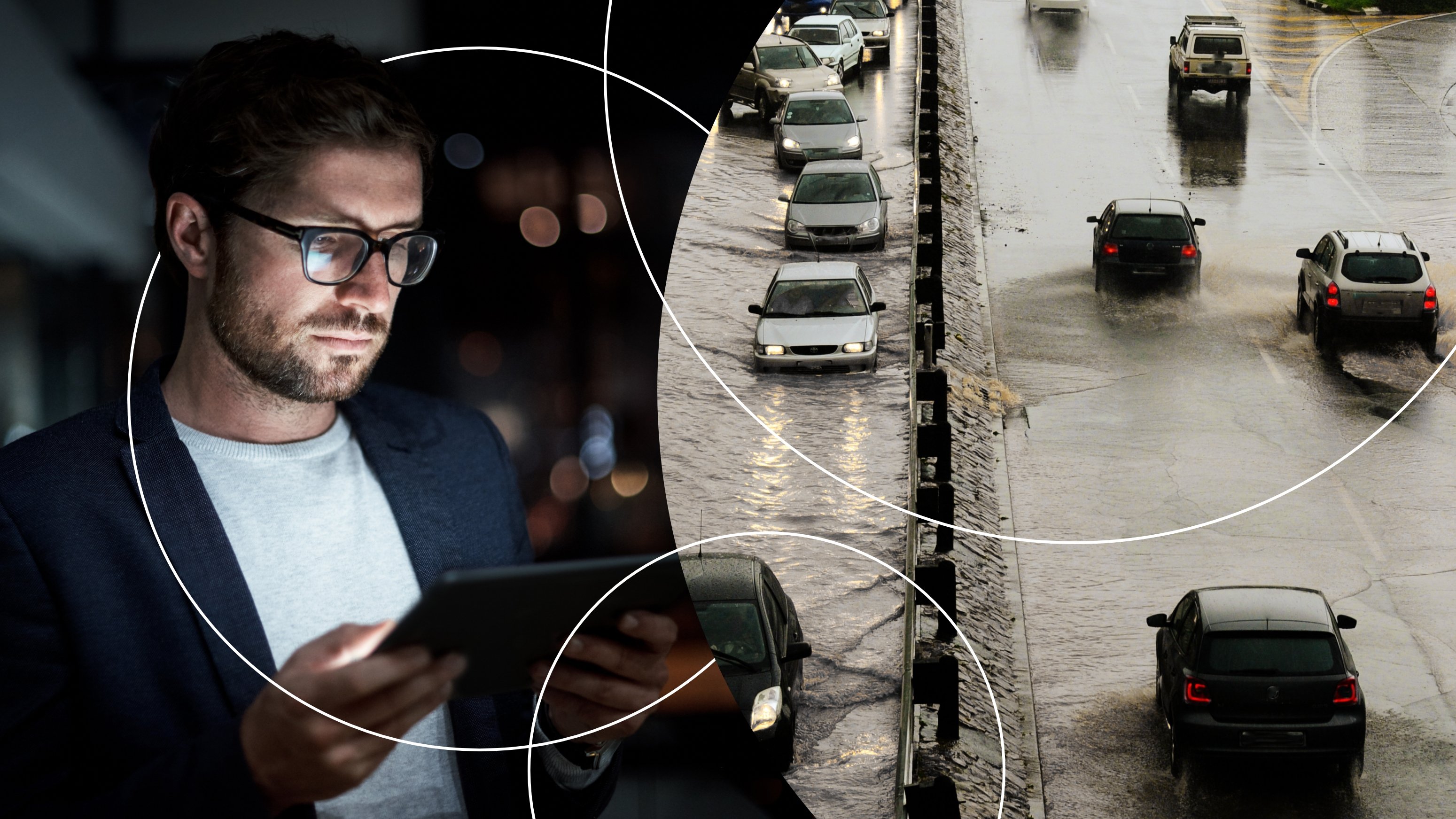Global Earthquake Model (GEM) has published the first-ever digital earthquake risk map that covers every single country in the world exposed to the earthquake risk. The GEM initiative was set up in 2007 by research institutes and the OECD. As founding sponsor, Munich Re was the only company involved in the initiative and remains an important supporter of GEM to this day. Alexander Allmann, earthquake expert and Head of Geo Risks at Munich Re, explains the background to this initiative.
What is Global Earthquake Model (GEM)?
Alexander Allmann: Global Earthquake Model (GEM) is a joint initiative supported by leading geo research centres, the private sector and international organisations. The objective of this project was not just to map earthquake hazard across the world but also to develop actual risk models for each country using data on the economy and building stock at risk from earthquakes. This would make it possible to calculate loss potentials and the tangible benefits of loss mitigation measures. This had not really existed before, especially in emerging and developing countries. Now, after ten years of work, GEM has presented its global model, including specific details for all regions of the world. All major existing earthquake models, such as the one used by the Japanese authorities, have been incorporated in the GEM model. That represents a milestone, as hundreds of scientists, national institutions and international organisations have helped to make this reality.
And who will benefit now that it is possible to asses earthquake risks across the world?
It will primarily benefit emerging and developing countries. Although developed nations with substantial exposure to earthquakes have long had risk models, this has rarely been possible in the poorer countries due to inadequate data and varying methodologies. GEM has now made it possible in many of these countries to carry out precise risk assessments which take account of occurrence probabilities, exposed values and loss vulnerability. What’s more, by building on the local knowledge of scientists and institutes in different regions, we are able to provide the best-possible advice to public authorities and civil protection organisations in each individual country.
How will the people in these countries benefit, and what role does insurance play in all of this?
Since 1980, 92% of all fatalities from earthquakes have been in developing countries and the poorer emerging nations (low income and lower-middle income groups). Around 61% of all earthquakes worldwide have occurred in these countries. But the biggest share of damages from all earthquakes in this period were in industrialised countries and their share of fatalities was only 3.6% – thanks to better loss mitigation measures. In the poorer countries, people are frequently left to fend for themselves with their financial losses, with insured losses in developing countries since 1980 at under 3%.
GEM makes it much easier to plan suitable loss prevention measures, and thus helps to protect people and save lives. Knowing what losses can be expected and what effect loss mitigation measures could have is a first important step in taking effective action. It also makes insurance cover more likely, meaning that disaster victims can recover sooner from the financial shock, in spite of the terrible human suffering they have to endure.
Who is entitled to use the GEM models?
GEM works on an open-source basis, so that users can adapt the models to their own needs. Users are likely to include local administrations, national governments, international organisations, researchers and of course a lot of insurers. Munich Re also uses GEM data as a fundamental basis for its own models.
Can GEM serve as a forerunner for assessing major risks in other fields?
It is possible in theory, but the cost of setting up such an organisation and the effort needed to bring together so many stakeholders would be an enormous task. Bear in mind, it took ten years to complete the first global earthquake risk model. To achieve something like this, you have to be in it for the long haul and you need partners that have committed themselves to a common goal. GEM is already holding discussions with experts on other natural hazards, such as volcanic eruption or floods, regarding the extent to which they could use GEM’s experience, various functionalities or databases.

